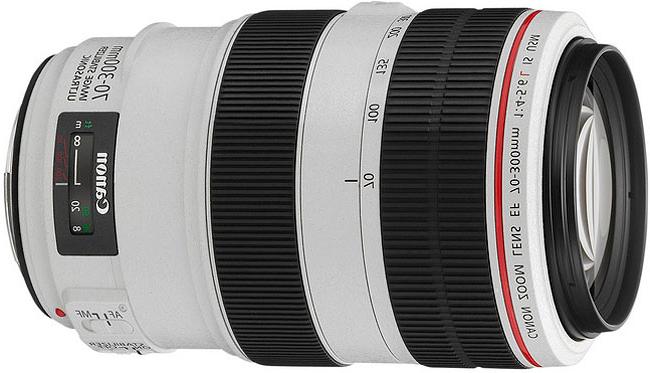Today, before buying optics, many are interested in the question of how to check the lens when buying. Indeed, you need to take this process seriously. For each system and brand of camera there are dozens of different lens options on the market, ranging from a modest $ 50 to $ 10,000 (for example: a Canon telephoto lens).

Finding out your needs is the first step to buying lenses. You need to clearly decide what you will shoot. Ask yourself questions like the following ... - Do I have to shoot indoors or outdoors? - Do I have to take photos of fast moving objects (for example, sports)? - Do I want to shoot portraits or make a wedding? - Do I like to shoot wild animals and nature? - Take pictures of landscapes, interiors or architecture? These are the questions that you should ask yourself and decide on your own budget. If you plan to purchase a digital SLR (DSLR), then, as part of the kit, you will already have a primary lens that takes pretty good photos. However, the main attraction of this type of camera is the ability to switch lenses to get the best shot in any situation. An important question: how to find the right one for your needs?
Glass understanding
Before you check the lens when buying, you should understand what one lens does and how it differs from another, first of all you need to be familiar with several basic concepts.
The focal length, technically speaking, is the
focal length of the lens, presented in millimeters, which is the distance between the rear lens of the lens and the focal plane, where the parallel rays of light entering the lens converge to a point. It matters to you because the focal length determines the viewing angle of the lens. The smaller the focal length, the wider the field of view of the camera. When you increase the focal length, the
field of view narrows, so you get a smaller view of objects that looks magnified in relation to the environment. In the world of traditional 35 mm film, focal lengths from 16 mm to 35 mm are generally considered wide-angle. A 50 mm lens is called "normal", because such lenses are very close to the perception of the human eye, and everything above 100 mm is considered a telephoto. However, the focal length is a bit complicated when it comes to DSLRs. This is because the sensors of the image cameras are smaller than the 35 mm film, so they crop a portion of the image and give the effect of a greater focal length. To get an idea of how this discrepancy will affect the viewing angle of the lens, you need to multiply the crop of a digital camera. Nikon D40, for example, has a crop factor of 1.5 x. As a result, the 35 mm lens has a field of view equivalent to 52 mm when placed on the D40.
Diaphragm
Another key component of how to check the lens when buying is the diaphragm. This hole is one of the mechanisms that controls the amount of light that passes through the lens of the image sensor.
The diaphragm is commonly referred to in terms of F-feet, and represent a series such as f / 2.8. The smaller the number, the larger the hole, and the more light enters the camera. The lens of the camera, which opens with a wide aperture, allows you to maintain a higher shutter speed in low light conditions. This may be essential for obtaining sharp images from a hand-held camera. Wider holes also provide more creative freedom, giving you the ability to throw the background out of focus. Before you check the lens when buying, consult with understanding people well, as store employees are not always competent in these matters. Thus, you can save your time and money.